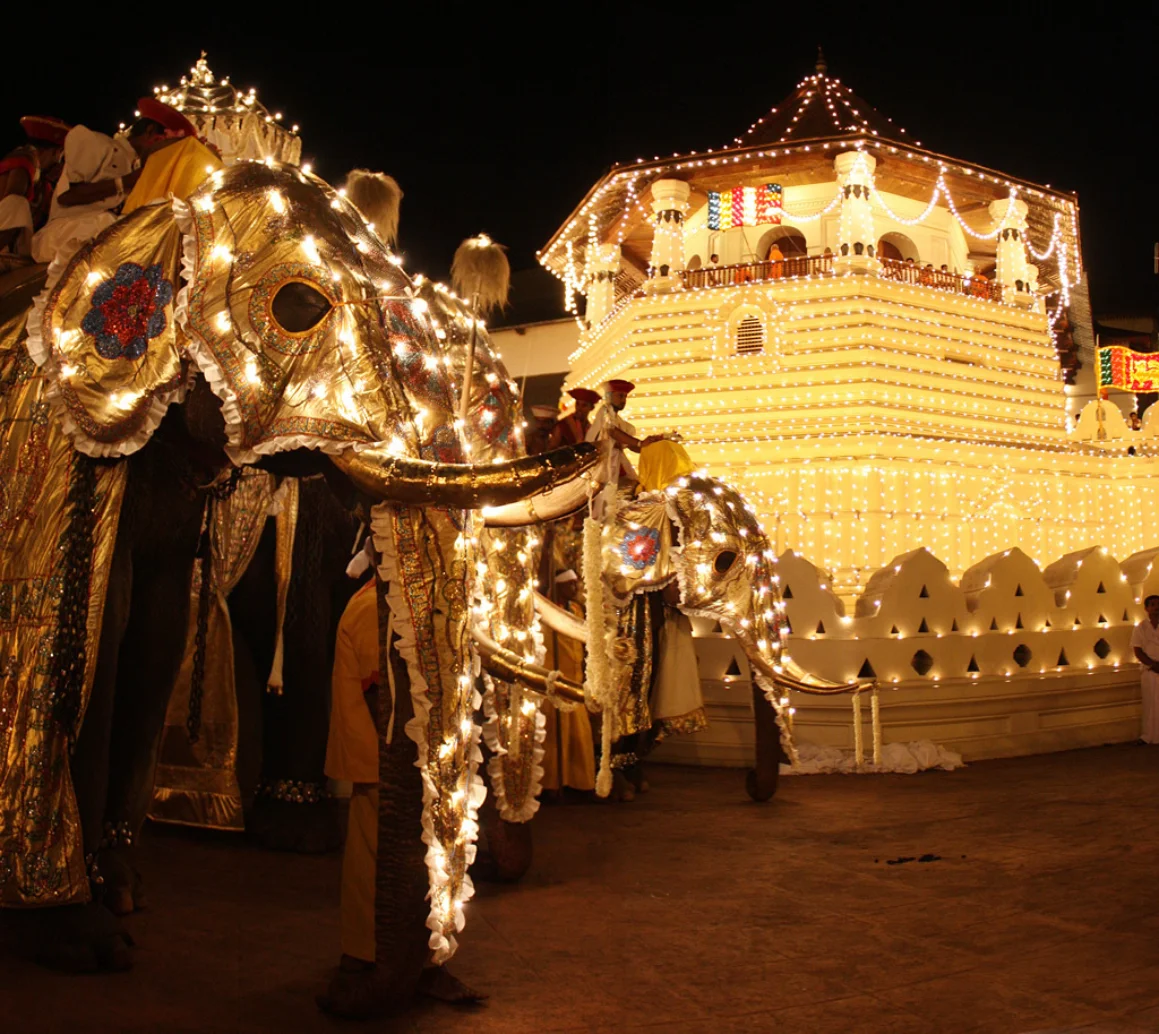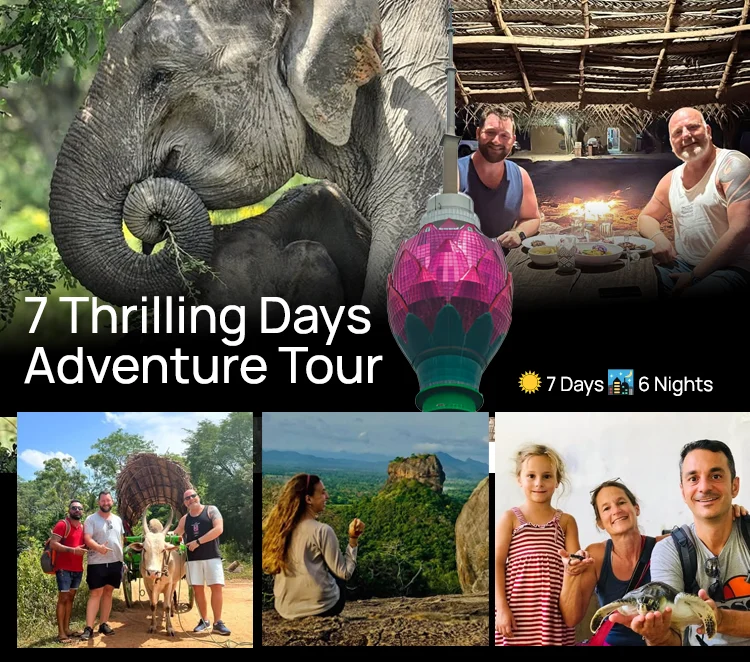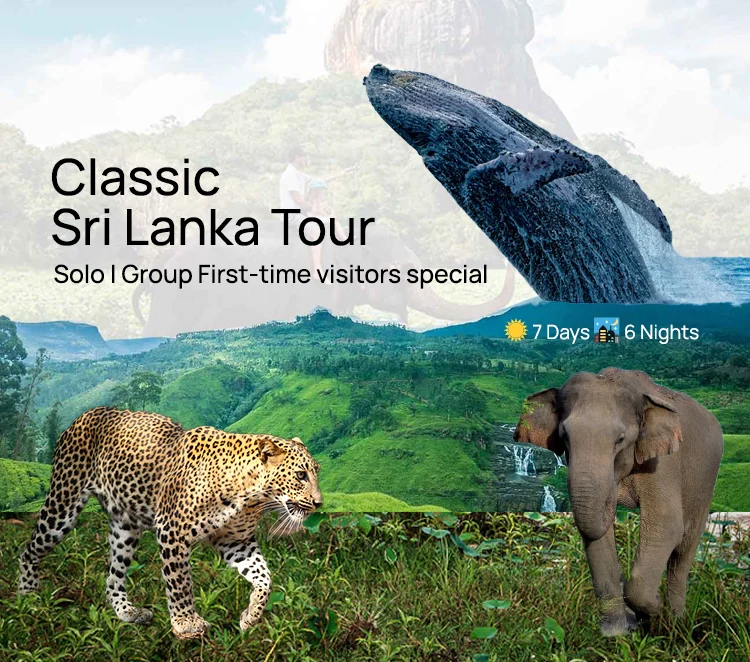Introduction to Kandy Esala Perahera
The Kandy Esala Perahera 2025 is poised to captivate global audiences once again with its unmatched fusion of spirituality, cultural opulence, and ceremonial grandeur. Held in the sacred city of Kandy, this ten-day religious festival venerates the Sacred Tooth Relic of the Buddha, a revered symbol of Sri Lanka’s Buddhist heritage. As one of Asia’s oldest and most magnificent religious pageants, it is a deeply immersive experience that connects the past with the present, spirituality with spectacle.
Historical Background of the Festival

Rooted in over two millennia of tradition, the Esala Perahera dates back to the Anuradhapura era, when the Sacred Tooth Relic was brought to Sri Lanka from India in the 4th century CE. Originally a royal ritual, the festival has evolved into a vibrant expression of religious devotion and national pride. With influences from both ancient fertility rituals and Buddhist customs, the Kandy Esala now symbolizes prosperity, blessings, and protection for the nation.
The Significance of the Esala Perahera in Sri Lankan Culture
For the Sri Lankan people, the Esala Perahera festival is a sacred obligation and an enduring legacy. It represents more than ceremony—it’s an invocation of rainfall, a call for bountiful harvests, and an affirmation of national unity. It unites monks, laypeople, dancers, drummers, and elephants in a spectacle of coordinated devotion, highlighting the resilience of cultural memory.
Religious Origins: Honoring the Sacred Tooth Relic
At the heart of the dalada perahera 2025 is the Sacred Tooth Relic of Lord Buddha, believed to carry protective powers. Enshrined in the Dalada Maligawa (Temple of the Tooth), the relic is never exposed to the public. Instead, a jeweled casket symbolizing the relic is paraded through the streets on a caparisoned elephant, representing the spiritual axis of the event. This procession is not merely ceremonial—it’s an offering to the heavens and a public manifestation of faith.
Key 2025 Dates for Kandy Esala Perahera
The Kandy Esala Perahera 2025 will span from July 30th to August 9th, encompassing five nights of Kumbal Perahera, five nights of Randoli Perahera, and concluding with the Diya Kapeema (Water-Cutting Ceremony) and Dahawal Perahera (Day Procession). Below is the complete schedule with official start times:
| Event | Date | Time |
|---|---|---|
| 1st Kumbal Perahera | 30th July 2025 | 07:05 PM |
| 2nd Kumbal Perahera | 31st July 2025 | 07:01 PM |
| 3rd Kumbal Perahera | 1st August 2025 | 07:16 PM |
| 4th Kumbal Perahera | 2nd August 2025 | 06:54 PM |
| 5th Kumbal Perahera | 3rd August 2025 | 06:43 PM |
| 1st Randoli Perahera | 4th August 2025 | 06:47 PM |
| 2nd Randoli Perahera | 5th August 2025 | 07:16 PM |
| 3rd Randoli Perahera | 6th August 2025 | 07:06 PM |
| 4th Randoli Perahera | 7th August 2025 | 07:02 PM |
| Final Randoli Perahera | 8th August 2025 | 06:51 PM |
| Diya Kapeema (Water-Cutting) | 9th August 2025 | 01:18 AM |
| Dahawal Perahera (Day Parade) | 9th August 2025 | 02:16 PM |
The Ten Days of Perahera: A Daily Breakdown
Kumbal Perahera (July 30 – August 3)
The first five nights of the Kandy Esala Perahera are called the Kumbal Perahera, where the processions are smaller and more intimate. It serves to bless the city, protect participants, and gradually elevate the spiritual energy.
Randoli Perahera (August 4 – August 8)
These final five nights are the most resplendent. The Randoli Perahera includes palanquins once used by royal consorts, symbolizing regal connection. The Grand Randoli Perahera on August 8th is the most anticipated night of the entire festival.
The Role of Dalada Maligawa in the Perahera
The Dalada Maligawa (Temple of the Tooth) orchestrates the entire festival with meticulous ritual precision. Monks and lay custodians (Diyawadana Nilames) perform ancient rites inside the temple before the procession begins. Without the temple’s spiritual and logistical leadership, the kandy esala perahera would not exist in its present form.
Rituals and Ceremonies Preceding the Procession
The festival opens with the Kap Situweema, a tree-planting ritual invoking divine permission to hold the festival. After the final Randoli Perahera, the Diya Kapeema takes place at the Mahaweli River—a sacred act of water-cutting meant to purify and seal the blessings of the festival. Later the same day, the Dahawal Perahera winds through the city by daylight, offering one last chance to witness this sacred tradition.
Highlights of the Procession
The Maligawa Tusker and the Sacred Relic Casket
An adorned tusker elephant carries the golden casket housing a replica of the Sacred Tooth Relic. The presence of this majestic animal, cloaked in sequined robes, is deeply symbolic and spiritually significant.
Traditional Dancers and Fire Performers
Hundreds of Kandyan dancers, low-country performers, and fire twirlers perform hypnotic routines, some passed down through generations. Their movements mimic the beating of the drums and evoke blessings and protection.
Whip Crackers and Drummers
The perahera begins with whip crackers who announce the parade’s arrival by cracking whips that echo through the hills. Behind them follow a mesmerizing lineup of drummers whose rhythms energize the procession.
Key Participants: Temple, Civic, and Cultural Roles
In addition to the Dalada Maligawa, four devales (shrines)—Natha, Vishnu, Kataragama, and Pattini—send their own processions with deities represented. Government officials, police forces, and civic leaders also play roles in maintaining order and upholding tradition.
Viewing Locations: Best Spots to Watch the Perahera
The best vantage points include D.S. Senanayake Street, Temple Street, and areas around Kandy Lake. For a less crowded experience, consider Rajapihilla Mawatha. Book a seat on a balcony or a hotel terrace for panoramic views.
Ticketing and Seating Options
Tickets for prime seating range from $20 to $100. They can be arranged via your hotel, a registered tour guide, or online through platforms like dalada maligawa lk. The Grand Randoli Perahera night is the most sought after—book at least two months in advance.
What to Wear: Dress Code and Cultural Etiquette
Attendees should wear modest, preferably white or light-colored clothing. Shoulders and knees must be covered, especially when visiting temples. Remove shoes when entering religious spaces. Respect silence during rituals, especially near the Dalada Maligawa.
Getting to Kandy: Transportation Tips
Kandy is easily accessible by train, bus, or private vehicle from Colombo and other major cities. The Colombo-Kandy railway line offers stunning scenic views through lush hills and tea plantations. If traveling by road, plan for traffic congestion on Perahera days.
Accommodation Tips: Where to Stay in Kandy
Stay near Kandy Lake, Temple Square, or Peradeniya for easy access to the processions. Options range from boutique hotels like The Kandy House to budget stays and homestays. Book early—many hotels fill up six months in advance during kandy perahera in sri lanka.
Dos and Don’ts for Visitors
Do:
- Be respectful and quiet during religious segments
- Use public waste bins
- Follow security instructions
Don’t:
- Use flash photography
- Attempt to touch the elephants
- Block pathways or sit on walls around the Temple
Capturing the Moment: Photography Tips
Use a low-light capable camera or mobile with night mode. A monopod is recommended over a tripod due to space limitations. Focus on the tusker, fire twirlers, and drummers for stunning captures. Always ask before photographing individuals up close.
Other Things to Do in Kandy During the Festival
While in Kandy, explore the Royal Botanical Gardens, hike Udawatta Kele Sanctuary, visit the Bahirawakanda Vihara Buddha statue, or enjoy a tranquil boat ride on Kandy Lake. Local markets offer intricate batik, jewelry, and Ayurvedic herbs.
Sustainable and Respectful Travel During the Perahera
Help preserve this ancient tradition by supporting local artisans, avoiding plastic, and respecting the sanctity of the festival. Do not approach elephants or block performers. Travel with intention, reverence, and cultural awareness.
Final Thoughts and Why You Shouldn’t Miss Dalada Perahera 2025
The Kandy Esala Perahera 2025 is not merely an event—it is a transformative journey through the soul of Sri Lanka. With rhythmic drums, blazing torches, gilded elephants, and devotional chants, this festival connects people across time and belief. Whether you’re drawn by cultural curiosity or spiritual quest, witnessing the dalada maligawa perahera is a life-affirming experience. Don’t miss this extraordinary chance to be part of one of the world’s oldest and most sacred living traditions.





